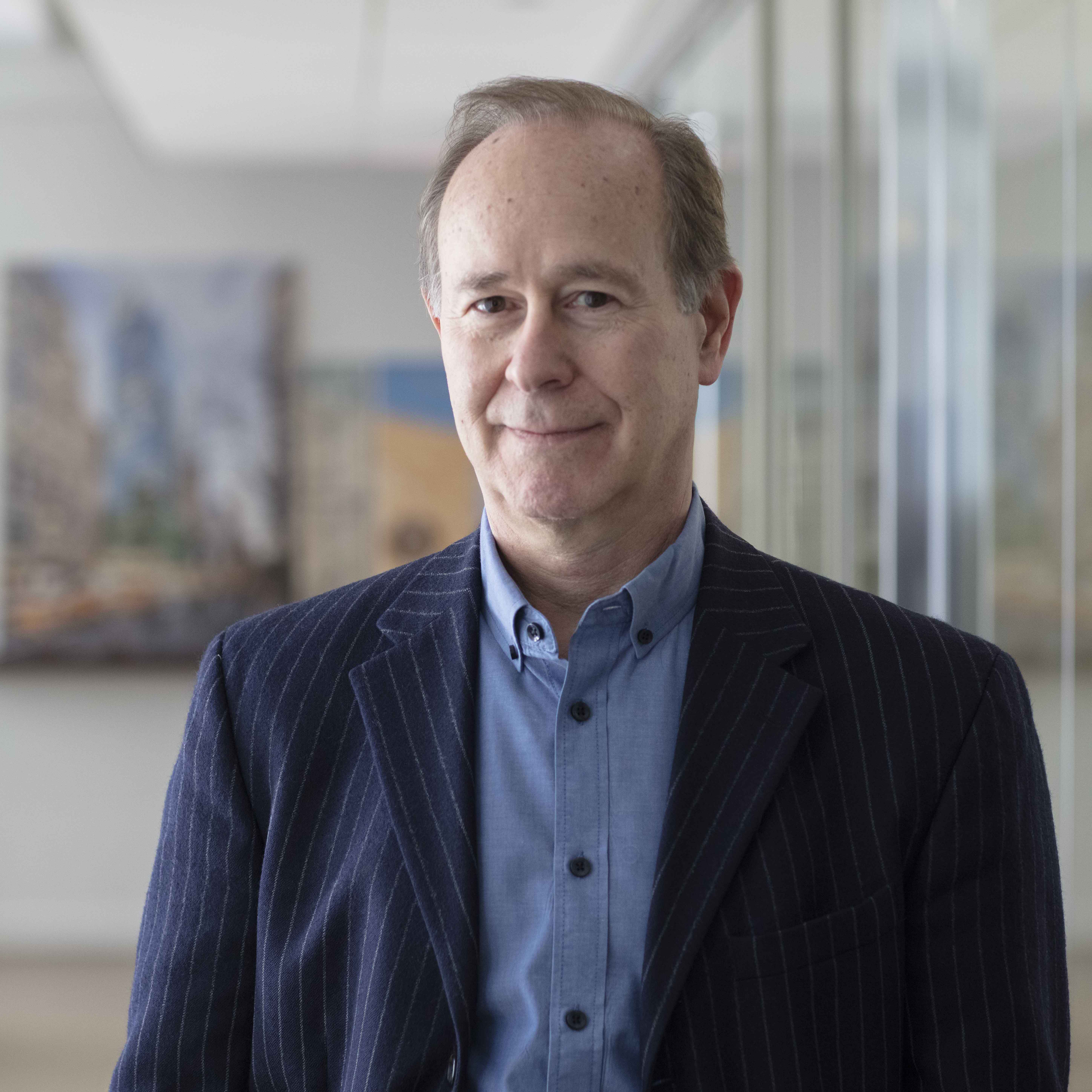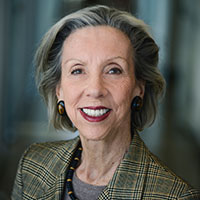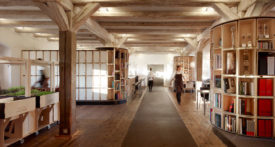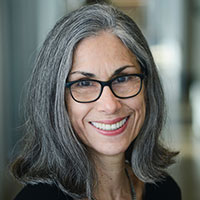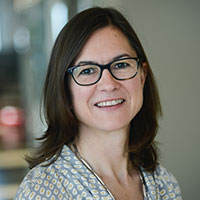Projects
Paul Hastings LLP
Americans Abroad: Architect Lauren Rottet reimagines the interior of an iconic mid-20th-century U.S. Consulate building for a global law firm with roots in Los Angeles.
Read More
Urban Penthouse
Above the Madding Crowd: Secure from the noise and grit of the city below it, a spacious penthouse creates its own realm of art and memories of distant places.
Read More
100% Chocolate Café
Raising the Bar: Blending subtle kitsch with an array of classic materials, a Tokyo firm spins its client's specialty with alluring results.
Read More
Antonio Castro Leal Library
Bastion of Knowledge: A small library is one of the first finished pieces of a larger project to transform a historic building into a center for culture and education.
Read More
Sipopo Congress Center
Diplomatic Maneuver: A Turkish firm combines natural forms and rich materials in a meeting hall for the African Union.
Read More
Copyright ©2024. All Rights Reserved BNP Media.
Design, CMS, Hosting & Web Development :: ePublishing
